All photos and text: © David Gottlieb, All Rights Reserved
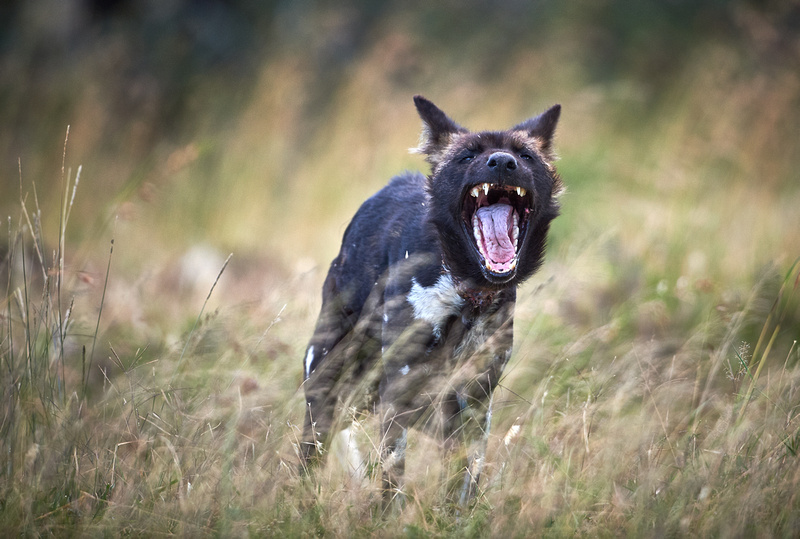
It was sunset. One of those incredible African sunsets where the colors all merge together for a few minutes and then disappear suddenly. The sunsets and sunrises don’t last long on the equator as the sun rises and sets at a perpendicular 90 degree angle to the Earth’s horizon, but they are often spectacular. Blink and you might miss it.

In front of such a spectacular setting sun, playing in the Laikipia bush at the El Karama Wildlife Conservancy, were a small pack of wild dogs. The light was dim, but I took out my long 500mm telephoto lens and began to photograph the pack. As I was photographing, I noticed that one adult male appeared to have a large laceration under, and on the sides, of its swollen neck.
Returning to the ranch headquarters where I was a guest of my friends, I viewed the images on my computer screen. The wound, which appeared to be caused by an illegal wire snare placed by poachers, was rather formidable and severe with much scarring. That evening my friend and host, Michael, emailed the wild-dog researchers studying this endangered species in the Laikipia highlands of Kenya. He also notified the Kenya Wildlife Services (KWS) veterinarian.
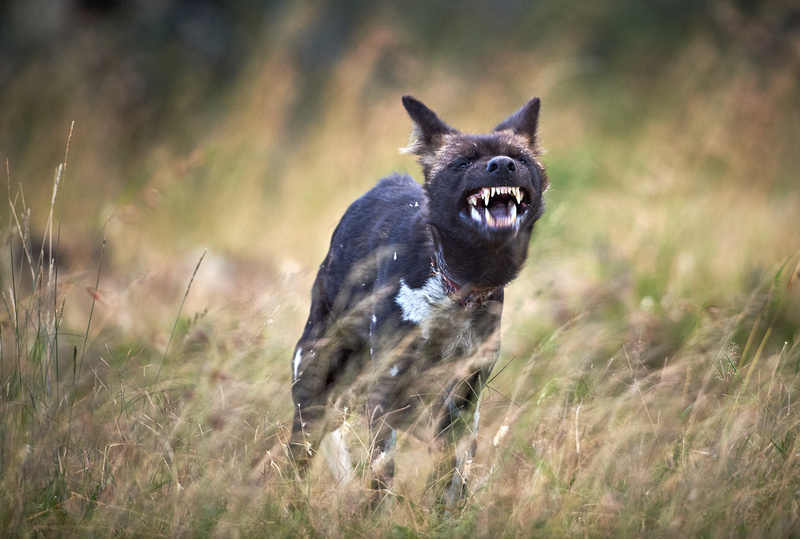
The wild dog researchers, after viewing the photos I emailed to them, identified the dogs as members of the Wobbegong pack, a small wild dog pack that recently formed. Our injured dog was named VA17. I counted about a dozen dogs in the Wobbegong pack, with at least five pups, which excited the researchers. Three of the dogs appeared to have radio collars on it, which would help in locating the pack and then finding and darting the dog with a tranquilizer and then treating it as deemed necessary.
VA17 was not the alpha male, which was fortunate, because if the alpha male had lost his life, this small pack would have most certainly broken up, and the fate of the pups could have been tragic.
The following morning, the Wobbegong pack was still in the same vicinity where I had left it the previous evening. The dogs hadn’t wandered far, perhaps due to VA 17’s injury. Wendy who lives on the other side of the main river that cuts through the ranch, picked me up at headquarters, and we headed out in her Land Rover to observe the pack and wait for the vet and the tracker. It was a long drive for the KWS vet, and when Dr. Matthew Mutinda arrived, the dogs had moved slightly into the high grass and acacia tree bush.
Dr. Mutinda prepared the tranquilizer gun and the medicines from the back of the Mobile Veterinary Land Cruiser. He then put the gun in the Land Rover and I drove him to find the dogs, which hadn’t moved very far. VA17 was lying under a small tree, hiding in a thick layer of brush, when I spotted him. I drove the doctor into position to dart the dog. Once I confirmed, while looking through binoculars, that this was definitely VA17, Dr. Mutinda took aim, waited for the dog to stand, and shot him in his rear right thigh.

Off ran VA17 through the bush with an orange dart in his leg. We waited for the tranquilizer to take effect and then searched for him on foot, and found him lying beneath a tree, completely anesthetized. Indeed, upon examination, the laceration was rather deep in parts, and completely encircled the neck. There were no signs of a snare, but it could have broken off. Although a wire snare appears to be the cause of the injury, how VA17 acquired the wound will never truly be known.
Dr. Mutinda examined the dog and took his vital signs. He was doing well, despite that the wound had been around for awhile, though he informed us that we found this dog in time. He would not have had a chance if another sunset and sunrise had passed. After thoroughly cleaning the wound, the dog was given shots of a long-lasting antibiotic and a long-lasting pain killer. No stitches were applied. Blood samples and tick samples were collected from VA17, and then he was given a reversal agent that helps the dog recover from the sedative. Wendy and I and some of the ranch’s rangers stayed and waited for the wild hunting dog to revive and get on his feet. It would have been to dangerous to have left the dog alone while he was still under. If discovered sleeping by another creature, he would have most likely been killed by any number of animals —by an elephant or buffalo (some who were close by) or perhaps by a lion, leopard, cheetah or hyena.

A thunderstorm was approaching. VA17 was taking an unusually long time to recover. Perhaps it was due to the combination of tranquilizer, pain-killer and antibiotics. But eventually, just before the heavens let loose with heavy rain, VA17 got up and stumbled. We left, but another resident of the ranch came by and waited another two hours with the dog who seemed to have decided to go back to sleep. Eventually he got up, yipped, and rejoined the pack that had been waiting somewhere in the bush.
The pack has not been seen since then. Hopefully VA17 will survive, witness many more sunsets and live a long life in the Laikipia wilderness and stay away from snares.
Much thanks to all those who helped in the effort including the El Karama Ranch team, the Lewa Downs team and of course the KWS Mobile Vet Unit. Everyone played an important role in saving this rare and beautiful creature.
The African Wild Dog (Lyacon pictus,) also called the Wild Hunting Dog, is an endangered species, and vanishing from the African landscape. The species has been inaccurately described as being cruel and barbaric, but is in fact quite an intelligent and social animal. They are efficient hunters and prey on weak and sick animals, and are an integral part of the ecosystem helping maintain healthier populations of prey species. The Latin binomial for this species can be translated into “painted wolf.” It stands between two and three feet at the shoulder, weigh between 18 and 36 kilograms (40 to 79 pounds,) and have a life span of between 10 and 12 years. These dogs are constantly on the move, except when they have a new litter, and there range may cover many hundreds of square miles. The African Wild Dog’s only predators are humans!!!! They are diminishing due to being hunted by farmers and habitat destruction.
Photos of the Wobbegong Wild Dog Pack and the Rescue of VA17:





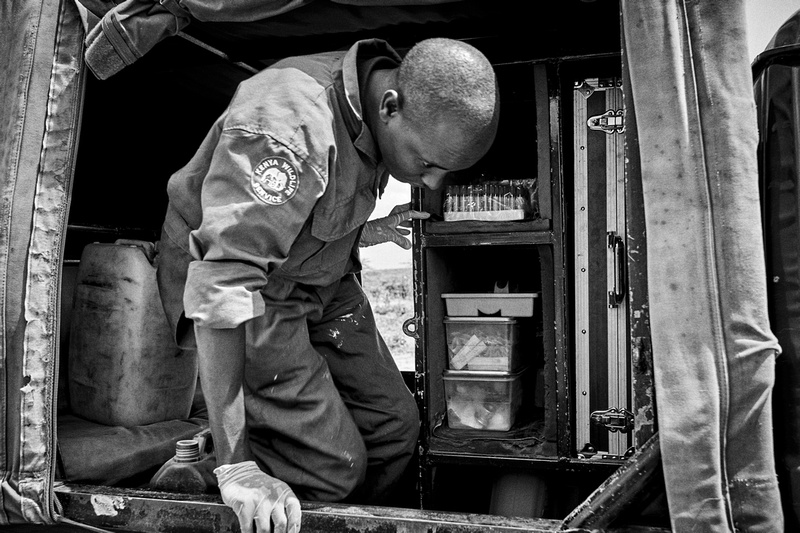




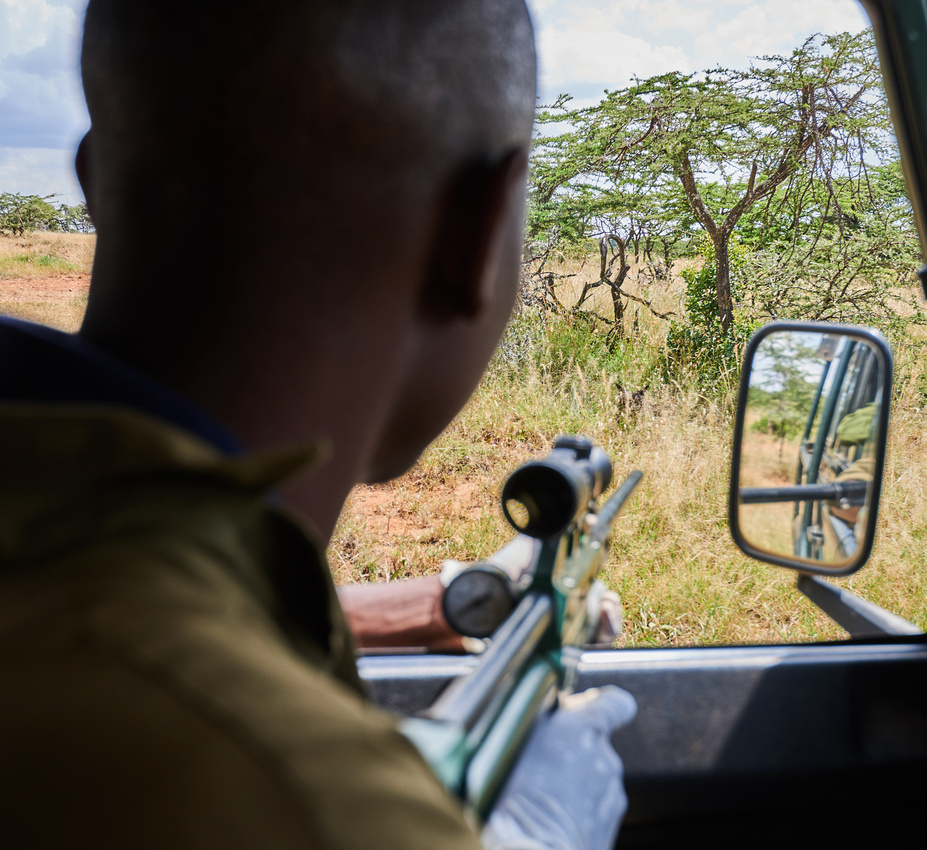


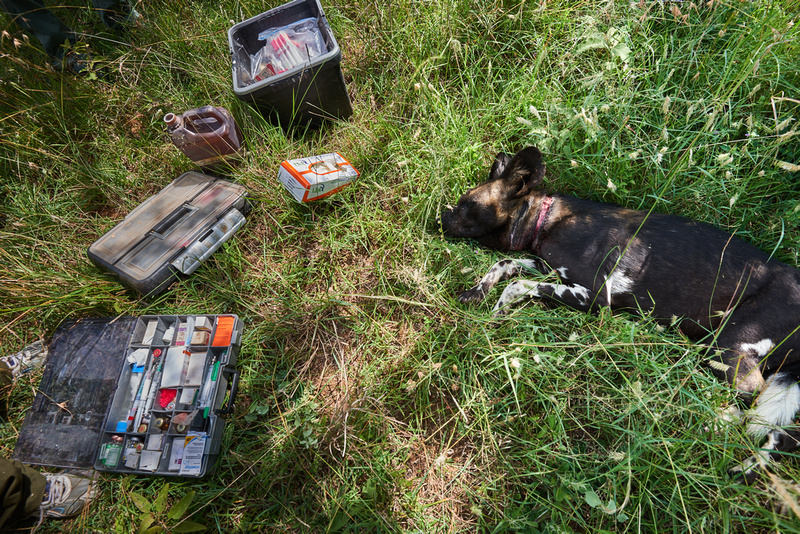
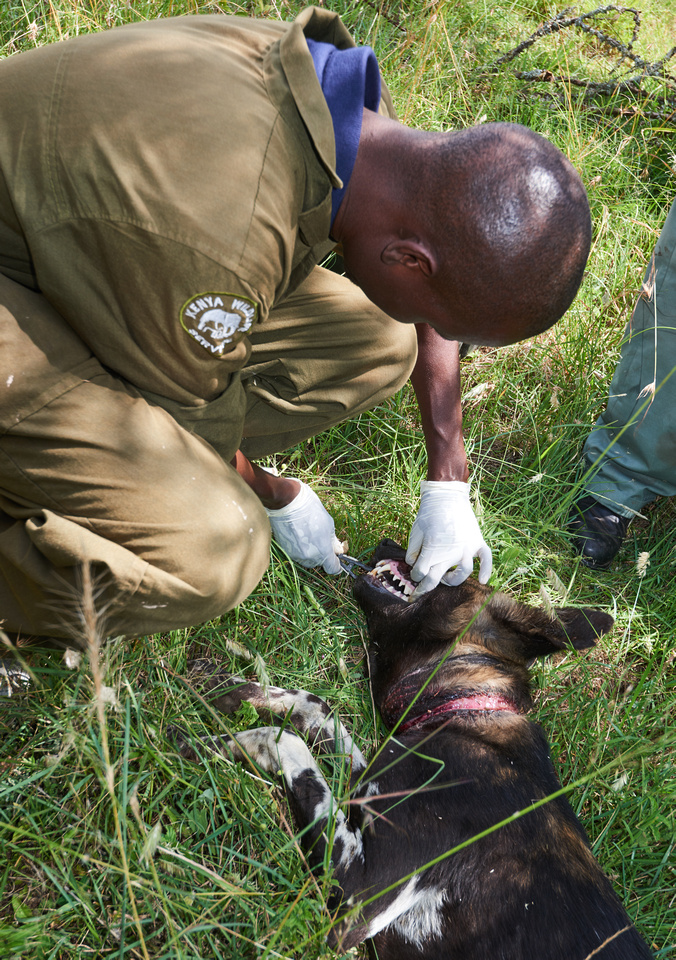

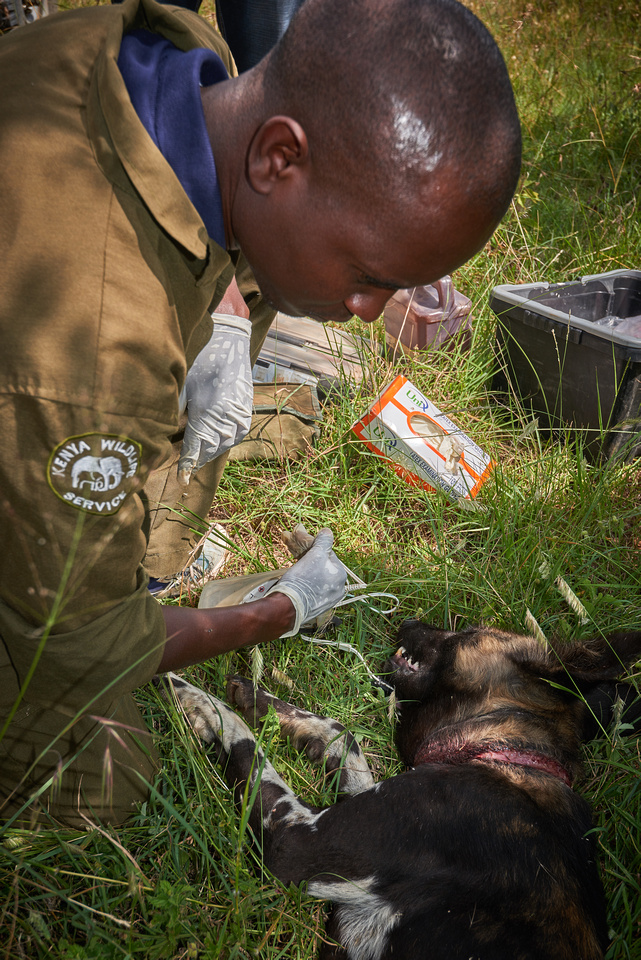
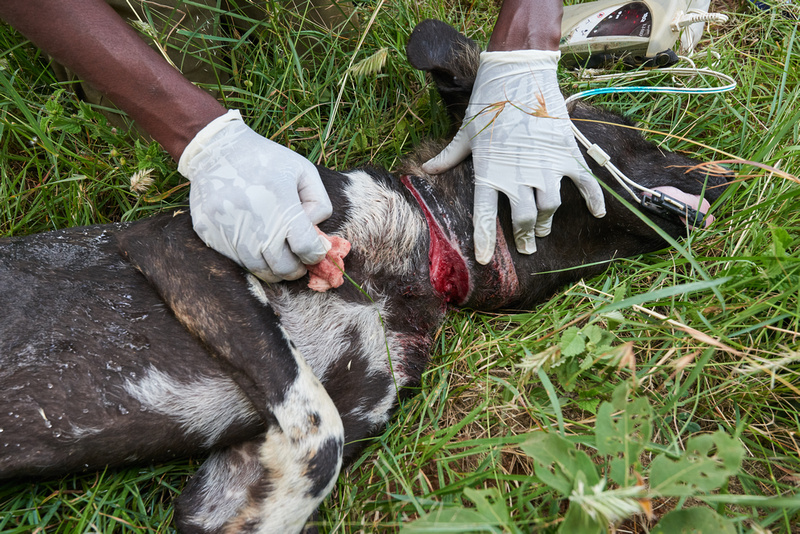
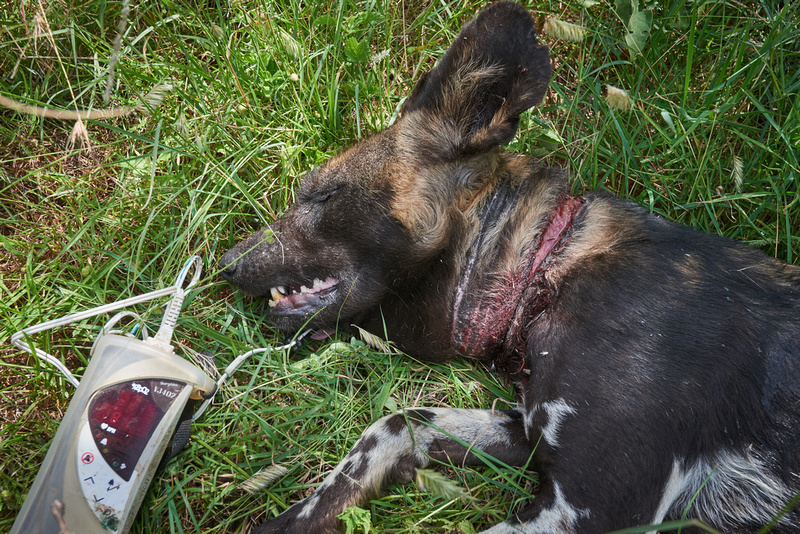
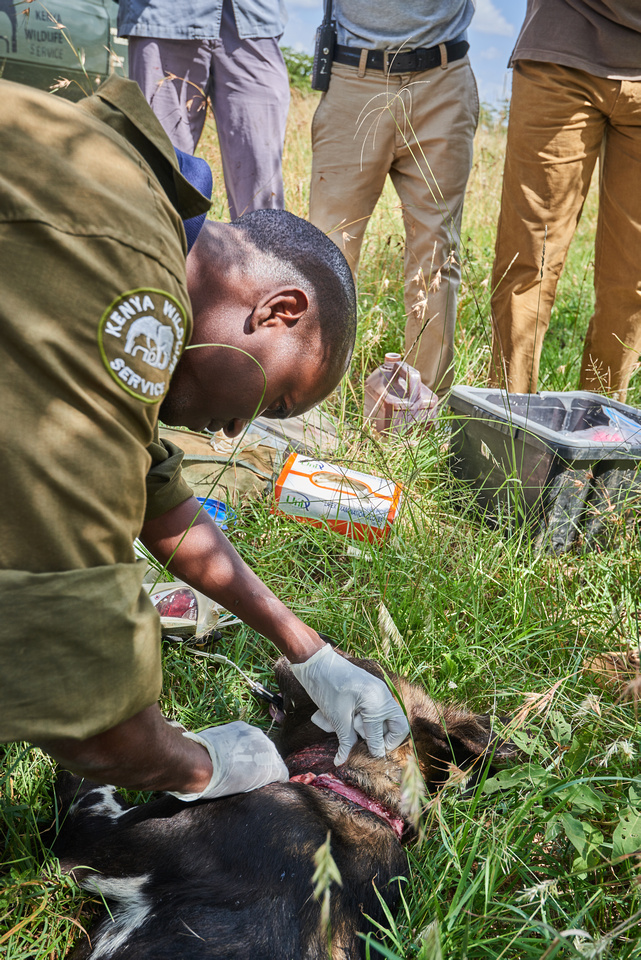
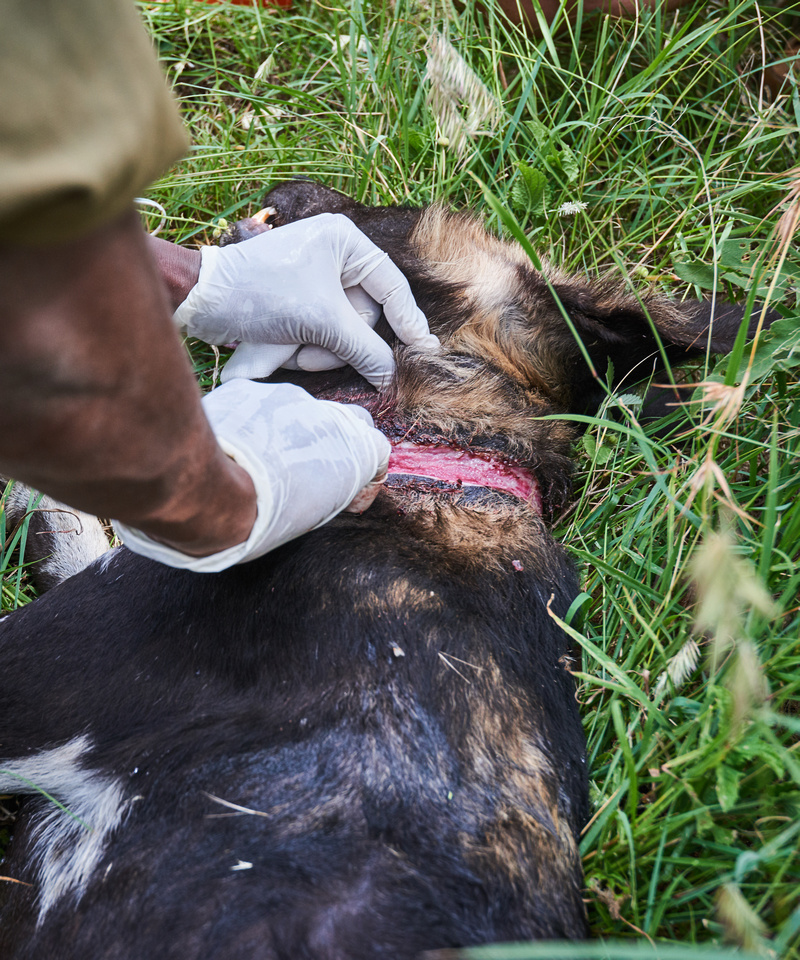
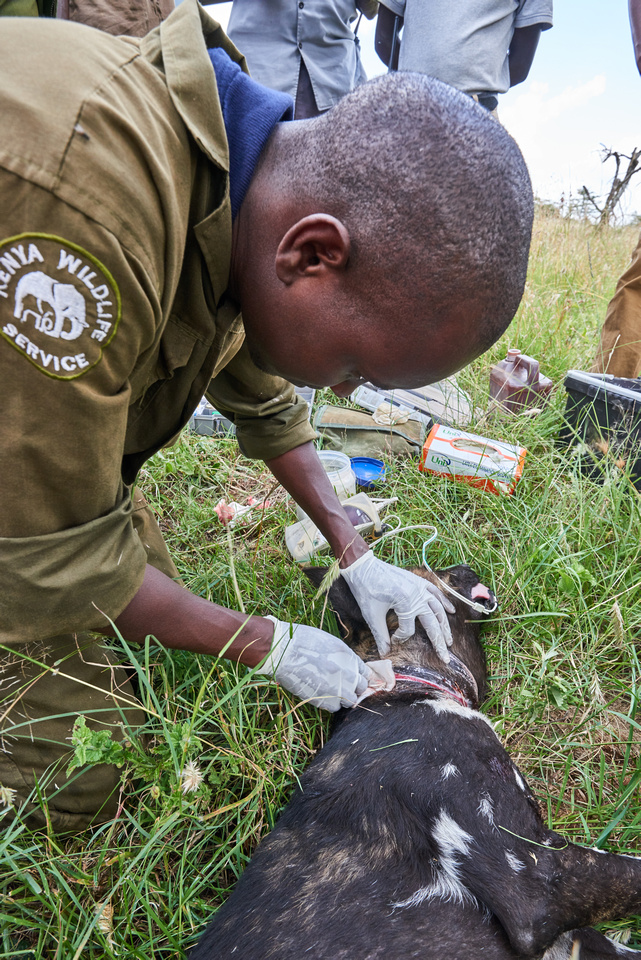




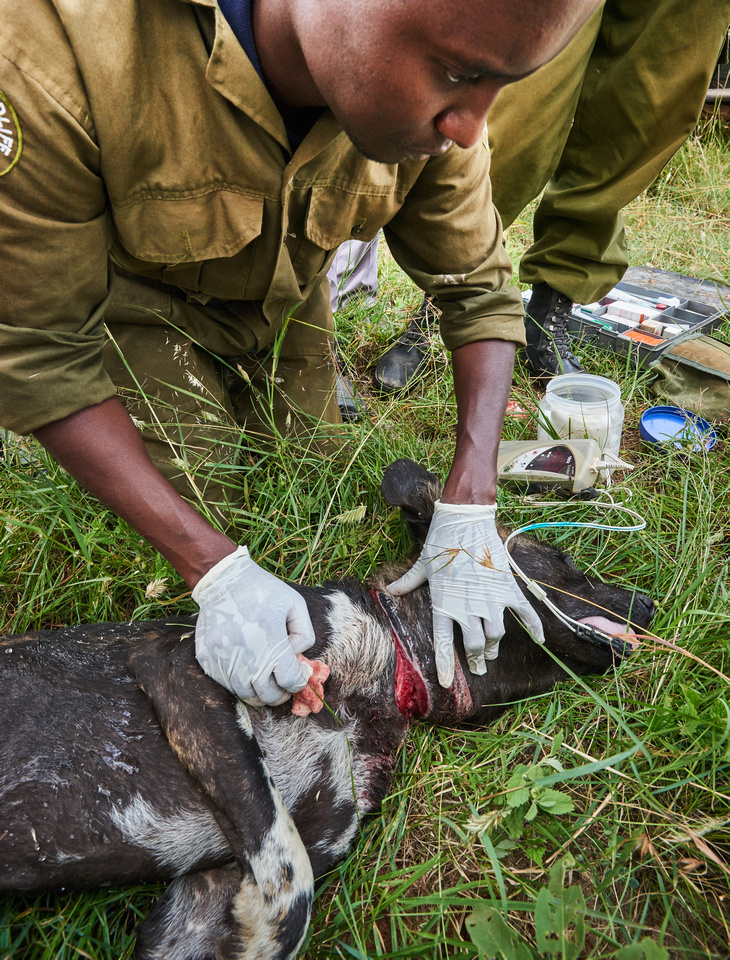


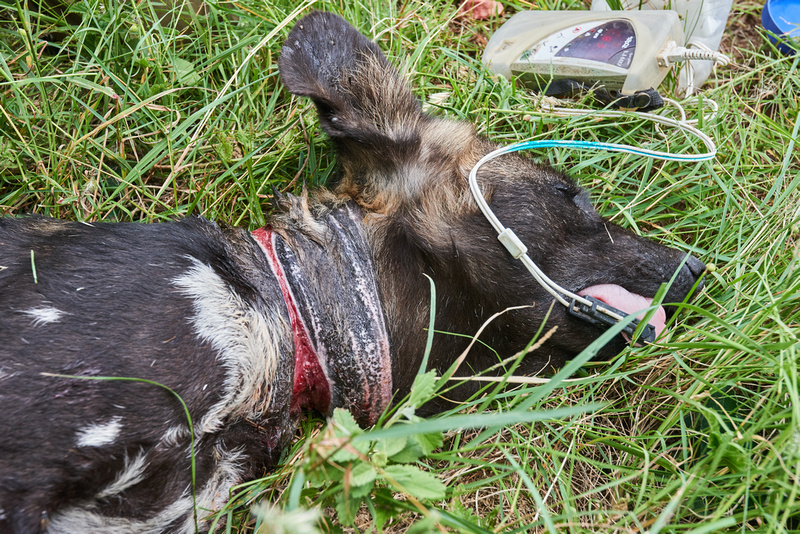
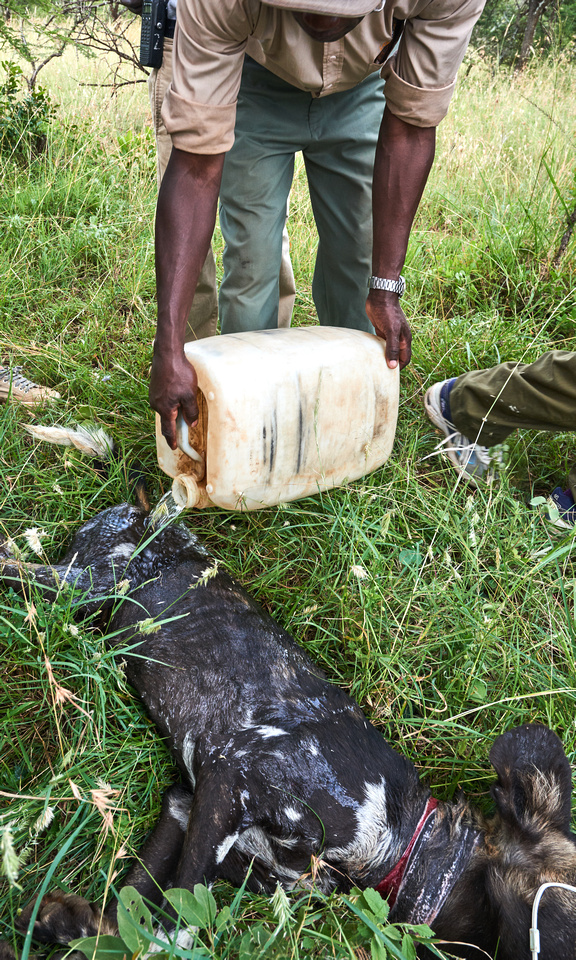



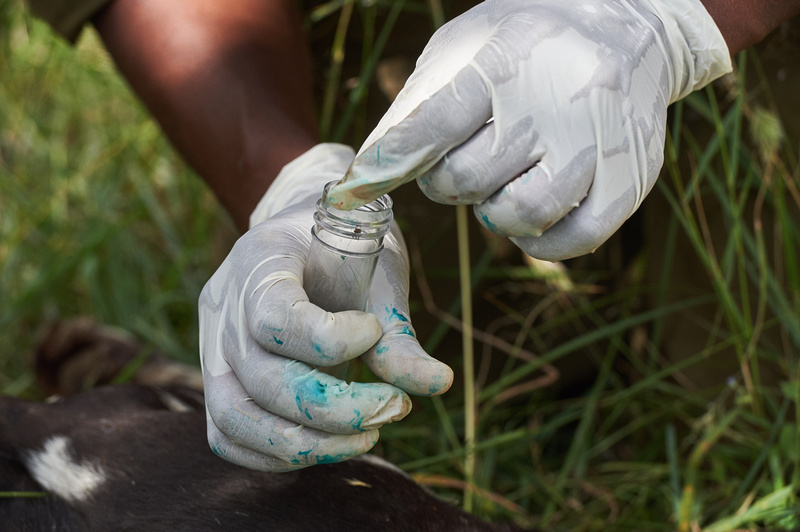


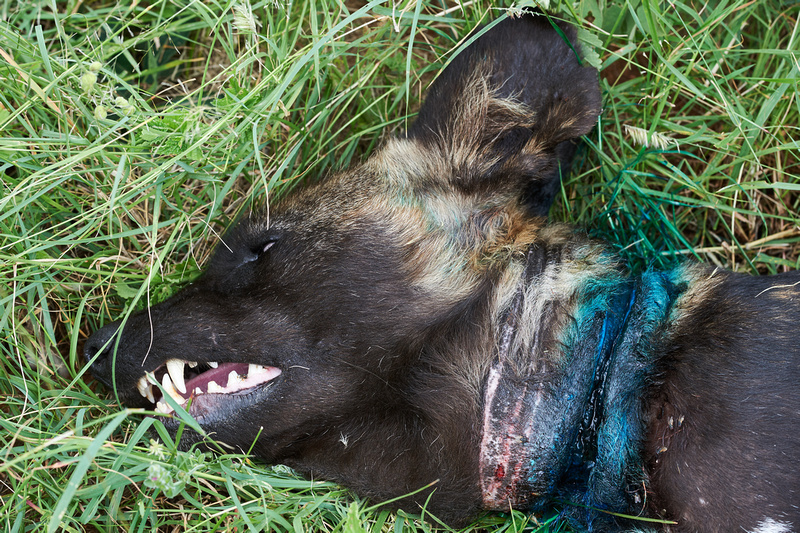






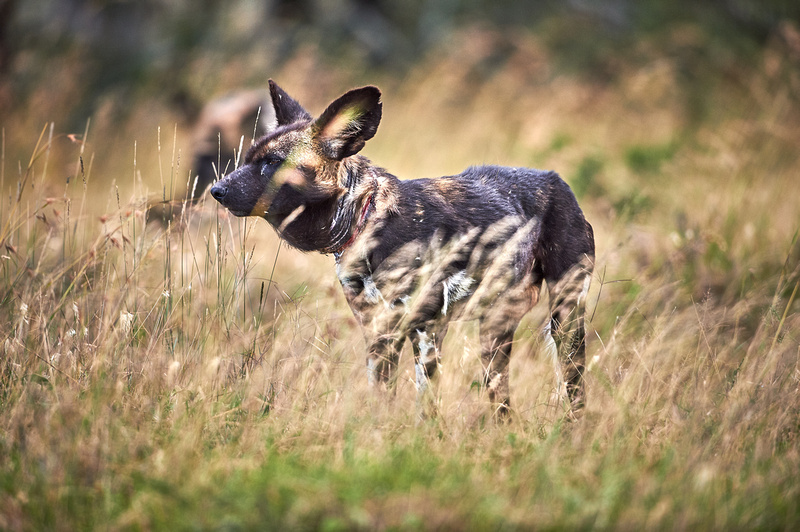

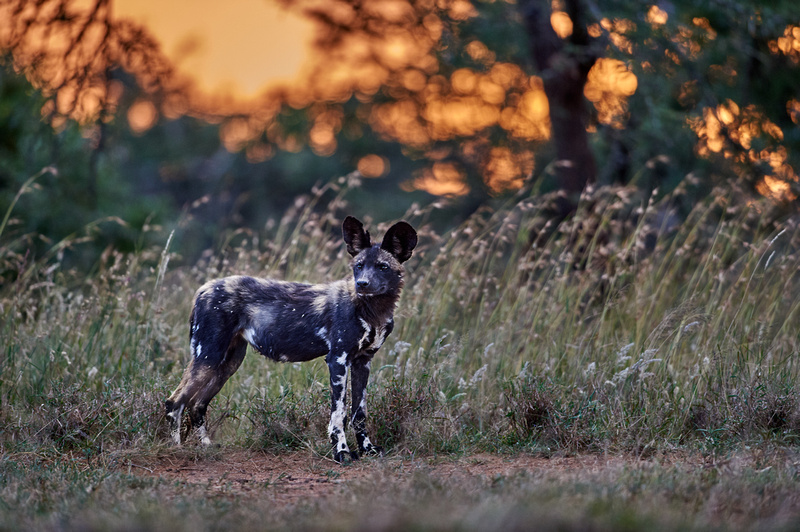

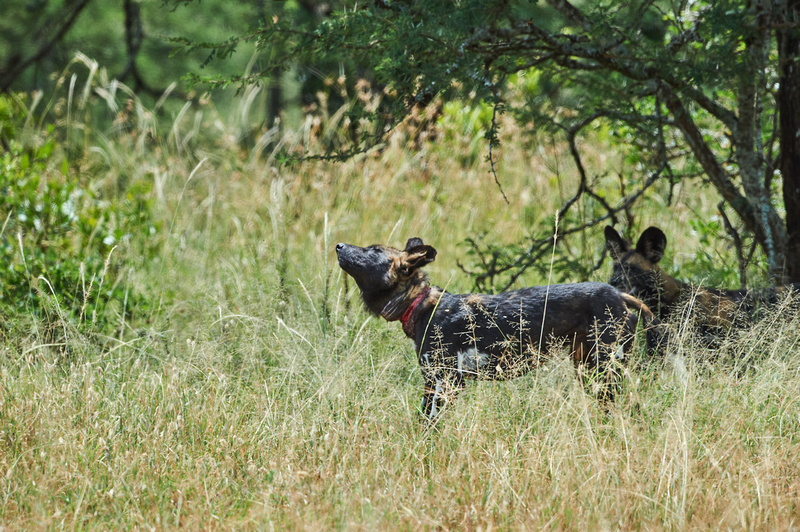


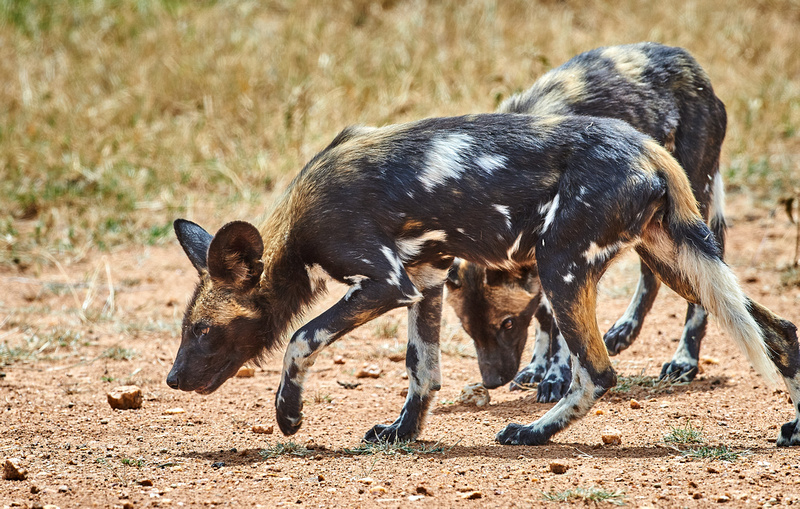

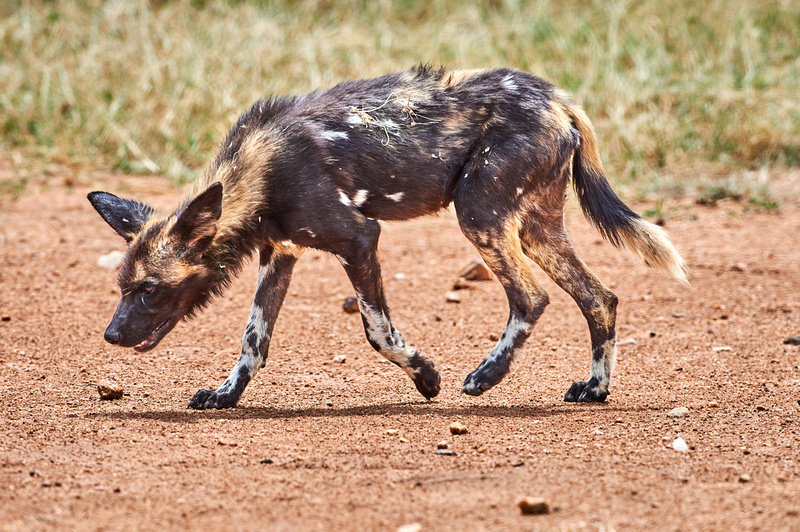

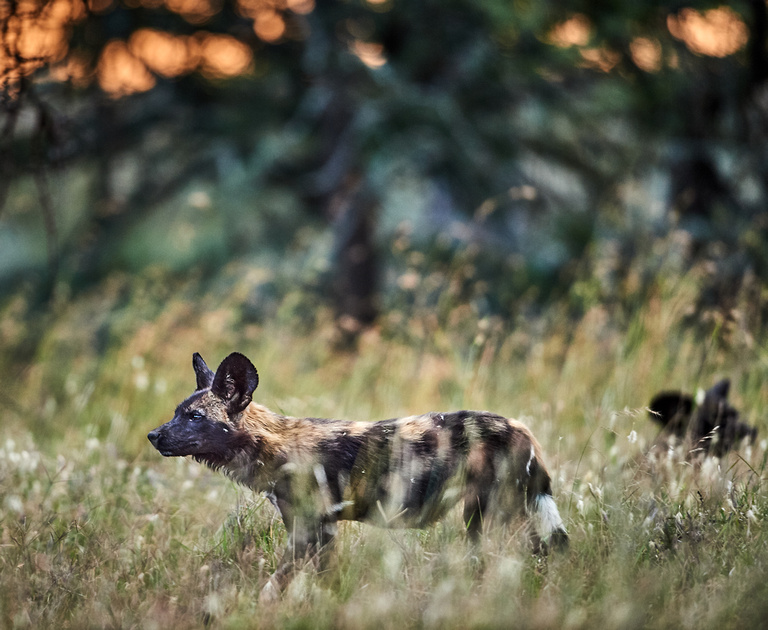
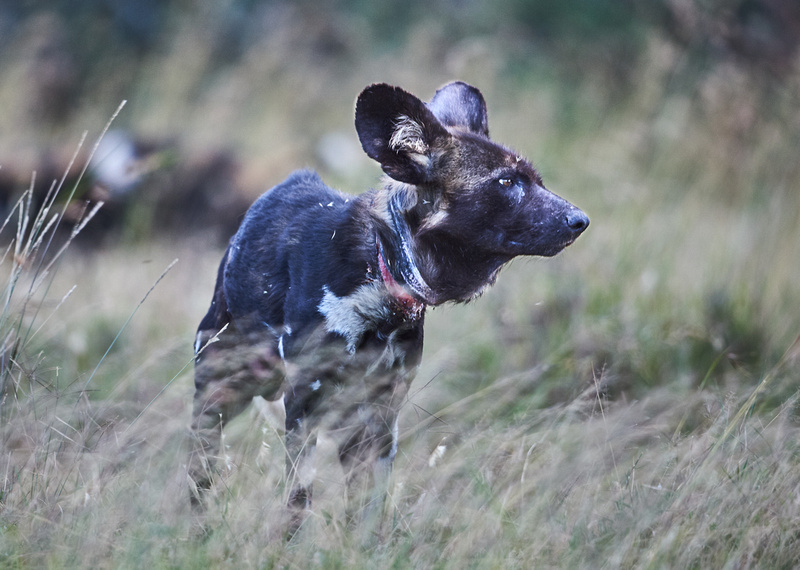

All photos and text: © David Gottlieb, All Rights Reserved
]]>

"Skeleton 1"
Remember the Fallen @ WTC
Sept 12, 2001 --- It was the day after the attack on the US by Al Qaeda, a day after two hijacked jets slammed into the World Trade Center, and the subsequent and tragic collapse of these iconic and symbolic buildings. It was the day after a gorgeous morning on September 11, 2001 that turned into a hellish nightmare for the USA and for the free world. It was the day after this attack by radical Islamic terrorists, who wish to control the lives of all people in the world and bring civilization back to the dark ages -- and who desire to destroy the ideals of human rights and freedom of choice in this world. And it was one week after my identical twin daughters’ second birthday celebration.
My neighbor, Skip, who had just recently retired from the New York Fire Department a few months before 9-11, came to pick me up at my Rockland County, NY home on September 12, 2001. He asked me if I would help with the work on the pile at Ground Zero. As we approached the military blockade on the FDR somewhere on the Upper East Side, Skip flashed his Fire Department badge. We were told to proceed; and the FDR drive, usually bumper to bumper with cacophonous traffic on a weekday afternoon, was eerily empty. We were the only vehicle on the road.

"Clearing Debris"
We parked near the South Street Fire House, visited with the company for a while and then walked toward The Pile, which is what the wreckage from the collapse of the WTC at Ground Zero, was called. Here we visited another Fire Department company that was badly damaged during the attack. The firefighters at both fire houses were not only saddened and mourning for the loss of their colleagues, they were still hoping to find someone alive in the wreckage. Unfortunately, this was not to be the case.

"Bucket Brigade"
Skip and I began to work on The Pile, a mountain of twisted steel, bright flames still erupting in places from beneath the debris, and a foul malodorous smoke coming from everywhere. The putrid smell of death and destruction from the smoke hung in the air. We worked on the bucket brigade for a while, a job that not only was tedious, but was dangerous, given that we were standing on a mountain of unstable, debris, with an underground fire still ablaze.

"Overwhelmed"
The task at hand seemed hopeless – putting debris in buckets and passing these buckets back and forth in a human chain made up of hundreds of volunteers. Empty buckets go up the pile hand to hand and buckets full of the destructive remains of the WTC were passed, hand to hand, back down the pile. We were all balancing on the deformed skeletal remains of the WTC, breathing in smoke and wearing these flimsy paper masks that did little to stop the noxious fumes from entering our lungs. At some point Skip and I both became exhausted, and we made our way to an area in a damaged building where water and food were provided. Everywhere, Ground Zero was a maze of confusing rubble and it took awhile to familiarize our whereabouts in this stark and altered surreal geography that was once familiar and recognizable streets and avenues.
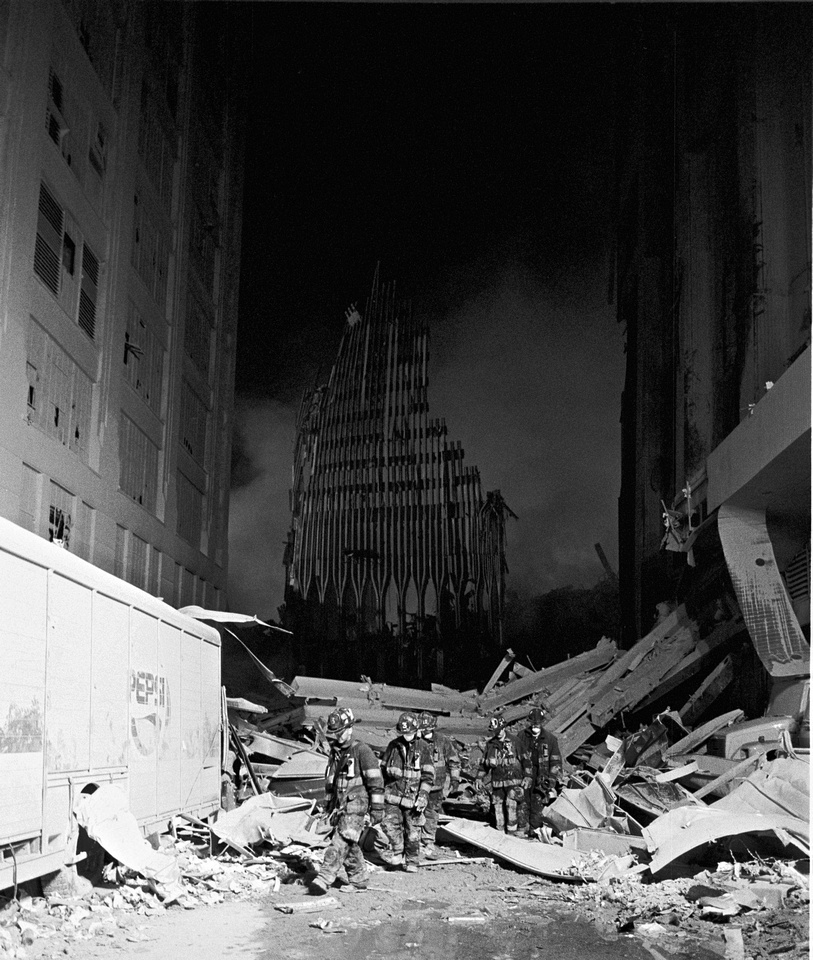
"Outside 'The Pile'"
Skip and I eventually became separated. I walked around for a bit, helping when I could. I found myself resting near a lone uniformed firefighter in a seemingly deserted area of the destruction. He was breathing hard and I gave him some water from my bags. At that point a two police officers came by and asked for help. They had spotted some bodies in the ruins and needed help retrieving them. The four of us reached the bodies, a moment of silence and then we carried them out, one at a time, to an area where the debris had been cleared and an ambulance could come and pick them up.

"At the Pile"
At one point Skip and I found each other and around 1 am we walked back to the South Street fire house, where the firefighters were sitting around talking about the events. They were discussing all their fellow workers who had perished that day before while attempting to rescue people from the burning buildings before they crumpled.

"Remember the Fallen @ WTC"
When Skip had picked me up earlier at my house in Palisades, I grabbed a few rolls of film, an old Nikon F3 and a digital video camera. I only took a few shots of the scene and about an hour of raw video footage, as I was either busy working on The Pile, or just too stunned to press the shutter. I hadn’t wanted to look at theses since the tragedy until more than ten years later. I scanned a few of the negatives just before leaving for Kenya and will scan more when I return to the States.
(All photos and text are © 2001, 2021 David Gottlieb.)
]]>